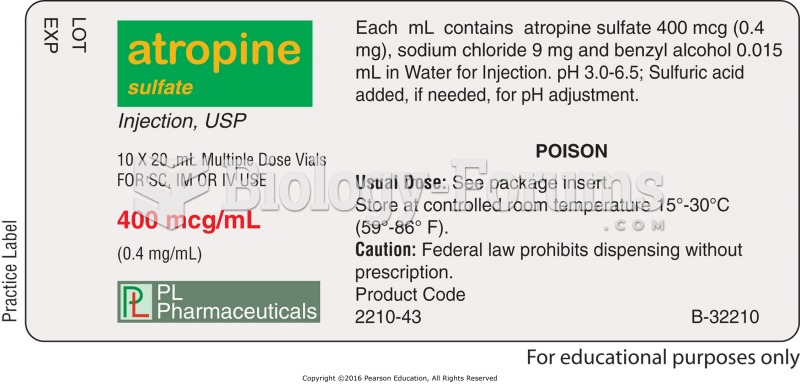Answer to Question 1
Correct Answer: 1
Rationale 1: The client should be instructed to take other medications 1 hour before or 4 hours after colesevelam.
Rationale 2: Take other medications 4 hours before or 1 hour after taking colesvelam is incorrect because the client should be instructed to take other medications 1 hour before or 4 hours after colesevelam.
Rationale 3: Avoid all other medications for 6 hours before and after taking colesvelam is incorrect because the client should be instructed to take other medications 1 hour before or 4 hours after colesevelam.
Rationale 4: Take all medications at the same time as colesevelam is incorrect because the client should be instructed to take other medications 1 hour before or 4 hours after colesevelam.
Global Rationale: The client should be instructed to take other medications 1 hour before or 4 hours after colesvelam. All other answer options are incorrect.
Answer to Question 2
Correct Answer: 1
Rationale 1: Rhabdomyolysis is a medical condition in which the muscle tissue becomes extremely inflamed, resulting in breakdown of muscle that can be caused by statins.
Rationale 2: Spasticity is incorrect because rhabdomyolysis is a medical condition in which the muscle tissue becomes extremely inflamed, resulting in breakdown of muscle that can be caused by statins.
Rationale 3: Multiple sclerosis is incorrect because rhabdomyolysis is a medical condition in which the muscle tissue becomes extremely inflamed, resulting in breakdown of muscle that can be caused by statins.
Rationale 4: Dystonia is incorrect because rhabdomyolysis is a medical condition in which the muscle tissue becomes extremely inflamed, resulting in breakdown of muscle that can be caused by statins.
Global Rationale: Rhabdomyolysis is a medical condition in which the muscle tissue becomes extremely inflamed resulting in breakdown of muscle that can be caused by statins. Spasticity, multiple sclerosis, and dystonia are not terms that describe this condition.







